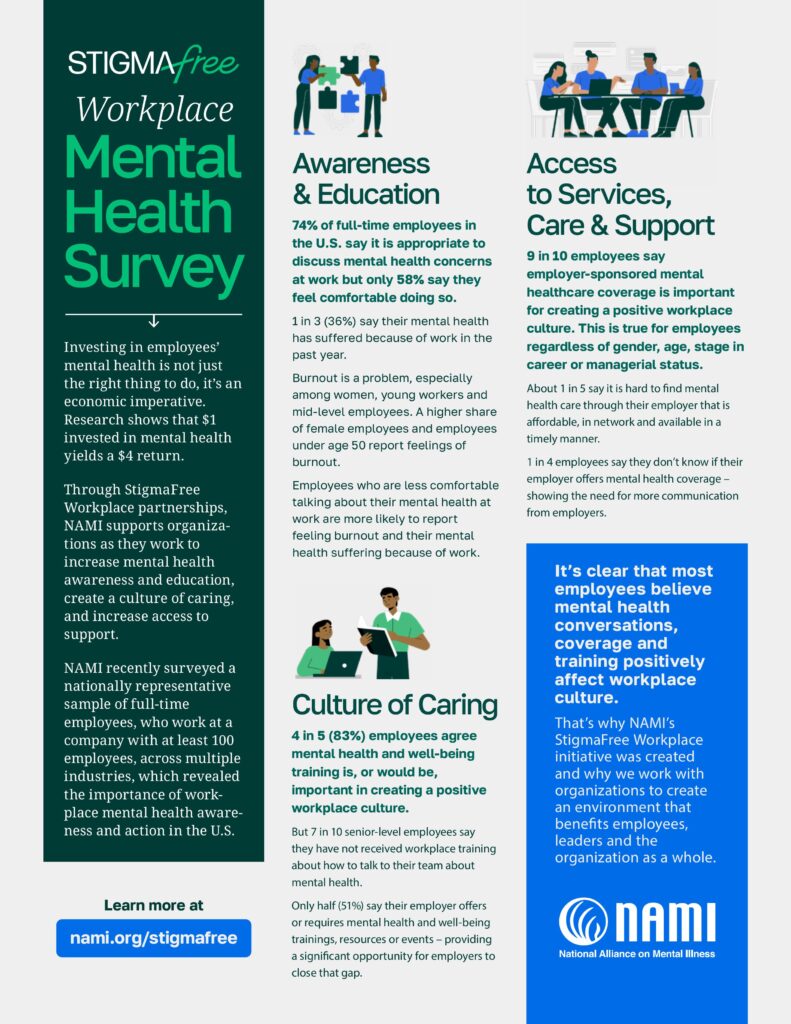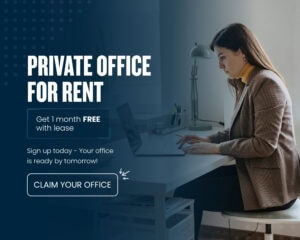Why Mental Health Should Be a Priority for High-Achievers
For ambitious professionals, mental health resources are no longer optional—they’re critical for sustainable success. As we navigate 2024, the conversation around mental health has gained momentum, especially among ambitious professionals who constantly push their limits to succeed.
From high expectations and long hours to the ever-blurring boundaries between work and personal life, professionals across industries face unique psychological pressures. And while drive and ambition can fuel success, they can also lead to chronic stress, anxiety, and burnout if not managed properly.
In this blog post, we’ll explore the current state of workplace mental health, bust common myths, and share proven strategies and resources to help ambitious professionals reclaim their mental well-being. Whether you’re an HR leader, a team manager, or a driven individual juggling it all—this guide is for you.
The State of Mental Health in the Workplace
Mental health challenges in professional environments are more widespread than many realize. Recent data paints a concerning picture:
-
74% of employees report experiencing negative mental health symptoms at work.
-
62% cite burnout due to job-related stress.
-
Only 13% of employees feel comfortable discussing mental health issues at work.

These statistics(Forbes, NAMI, Spill | Employee mental health support) reveal the depth of the issue. Burnout, anxiety, and emotional exhaustion are no longer confined to a specific sector—they affect mid- and senior-level professionals across industries.
What’s fueling the crisis?
-
Unrealistic workloads and tight deadlines
-
Lack of management support or empathy
-
Poor work-life boundaries, especially in hybrid or remote setups
-
Perfectionism, often self-imposed by high achievers
The stigma surrounding mental health remains a major barrier. In many organizations, there’s a silent pressure to “tough it out”—especially among high performers who fear being seen as weak or incapable. This silence leads to unchecked stress, reduced productivity, and in severe cases, long-term mental health conditions.
Debunking Common Myths About Mental Health at Work
Let’s break down some of the most harmful misconceptions:
Myth 1: “Mental health issues are a sign of weakness.”
Truth: Mental health challenges are human, not a flaw. Anxiety, depression, and stress can affect even the strongest minds, especially under constant pressure.
Myth 2: “Only people in high-stress roles experience burnout.
Truth: Burnout is not role-specific. Whether you’re a software engineer, marketing executive, or nonprofit director, emotional fatigue can creep in when support is lacking and expectations are unbalanced.
Myth 3: “Getting help will hurt my career.”
Truth: Addressing mental health proactively often improves performance, boosts resilience, and earns respect. Many companies now support employees who take steps to improve their well-being.
Practical Resources for Managing Mental Health
These mental health resources for professionals are designed to fit into busy schedules. Managing mental health at work doesn’t mean overhauling your entire life—it starts with knowing where to turn for help.
Employee Assistance Programs (EAP)
Many companies offer EAPs, which provide:
-
Confidential therapy sessions
-
Crisis support
-
Referrals for mental health professionals
About 60% of employees now have access to mental health coverage through their employer (NAMI, 2024). Don’t hesitate to ask HR how to access your company’s EAP.
Therapy & Counseling Services
-
Virtual therapy platforms like BetterHelp, Talkspace, and Calmerry offer flexibility.
-
Local therapists or psychologists may offer both in-person and online sessions.
-
Some health insurance plans cover therapy—check your benefits.
Workplace Wellness Programs
Forward-thinking organizations are investing in:
-
Mindfulness sessions and meditation rooms
-
Mental health days and flexible PTO
-
Anonymous support forums or mental health Slack channels
Companies that implement strong mental health programs see an average ROI of $4 for every $1 spent (NAMI, Huntington Psychological Services).
Self-Help Strategies That Actually Work
-
Mindfulness & breathing techniques: Apps like Headspace or Insight Timer help reduce anxiety.
-
Time-blocking & calendar hygiene: Use tools like Notion or Todoist to manage work overload.
-
Digital boundaries: Set “no email” zones after work hours or use “Do Not Disturb” modes.
-
Journaling & gratitude tracking: Even 5 minutes a day can build emotional resilience.
The goal isn’t to eliminate stress—it’s to manage it with intention and strategy.
How to Access Mental Health Resources
If you’re feeling overwhelmed, know this: support is available, and it’s OK to ask for help.
Recognize the Signs Early
-
Constant fatigue
-
Loss of motivation
-
Increased irritability or emotional reactivity
-
Trouble concentrating or sleeping
Steps to Take
-
Speak with your HR or People team about EAPs or internal wellness resources.
-
Talk to a trusted colleague or mentor—you’re not alone.
-
Explore external resources when internal support is limited.
Crisis Hotlines & Immediate Support
-
National Suicide Prevention Lifeline (US): Dial 988
-
Crisis Text Line: Text HOME to 741741
-
International Support: Use Befrienders Worldwide for country-specific hotlines
Bookmark these resources. You never know when you or someone close might need them.
Your Mental Health Is Your Competitive Edge
Prioritizing mental health resources for professionals isn’t just self-care—it’s career care. Ambition and achievement are admirable, but they should never come at the cost of your mental well-being. In today’s fast-paced work environment, taking care of your mind is a professional strength—not a weakness.
As we move forward in 2025, let’s prioritize sustainable success—one where productivity, passion, and mental health coexist.
Take the first step today: Talk to someone, explore your workplace EAP, or start a self-care habit.
Your success story matters—but so does your peace.



